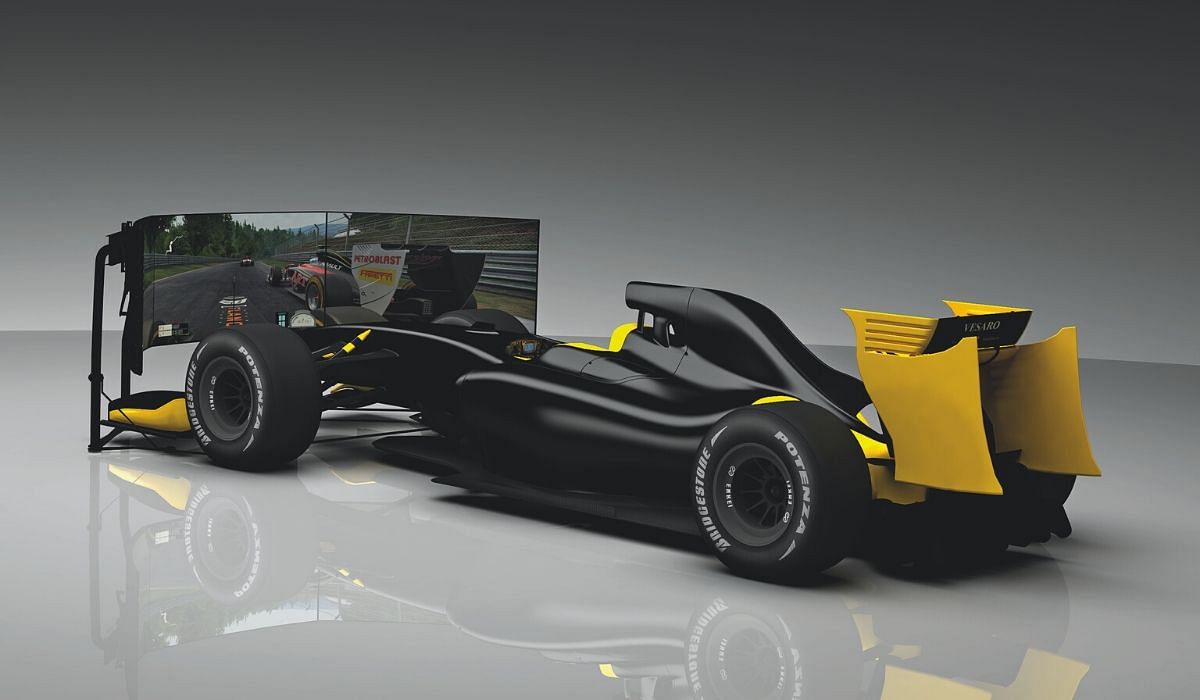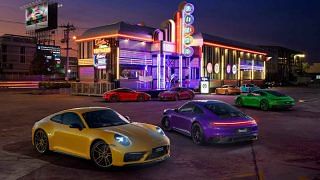While most sporting events grounded to a halt because of the Covid-19 pandemic, motorsports successfully transitioned to a virtual space. The F1 Esports Virtual Grand Prix series was created to enable fans to continue watching F1 races virtually. The races will run in place of every postponed Grand Prix and started with the Virtual Bahrain Grand Prix on March 22. The event saw a mix of professional drivers and celebrities competing for a US$500,000 (S$697,000) prize pool.
They raced around the Bahrain International Circuit in Sakhir, which was recreated for F1 2019, the brand’s official video game. Fans took to it so well that the event attracted 3.2 million online viewers who tuned in from various platforms, including YouTube and live-streaming service Twitch. It isn’t just Formula One that has made the switch to e-sports; new competitions have sprung up, while old ones have been quick to transition.
(Related: Lexus has unveiled the world’s first tattooed car )
Torque Esports, a Canadian e-sports and gaming company, launched The Race All-Star Series, a five-round championship covered and broadcast by ESPN, in May. The series has welcomed the participation of some of the world’s biggest automotive brands and teams, including BMW and Aston Martin, which made its e-sports debut at the same time. “E-sports is emerging as an important new strand of the sport and a great place to nurture and hone racing skills.
The Race All-Star Series has proved highly entertaining and attracted an extremely high-calibre driver, making it the perfect place for us to take our first steps into the e-sports universe,” says David King, President of Aston Martin Racing. More recently, the long-standing automotive endurance test 24 Hours of Le Mans went digital with Le Mans 24 Virtual. The event on June 13 and 14 was an automotive extravaganza that brought together 200 drivers across 37 countries – including legends like Fernando Alonso and Rubens Barrichello – for the 24-hour race. With racing’s biggest stars and a sizeable audience, the biggest question remains: does virtual racing work? “I would say [the virtual experience] is about 90 per cent of the real thing.
The cars are developed with the manufacturers and the tracks are laser scanned for accuracy, so the main difference is just the physical motion – although the motion I have on the simulator does a pretty good job,” shares Martin Berry. The Singapore-based venture capitalist and racer, who has raced in the Ferrari Challenge Asia Pacific Series, has taken to racing online in his simulator set-up from Vesaro, a UK-based company building top-of-the-line rigs for both home and commercial use.
(Related: BMW X3 M review: A supercar disguised as an SUV )
Even with all the right hardware, the true experience of a simulated or sim race hinges on the platform it runs on. Both The Race All-Star Series and Le Mans 24 Virtual use rFactor 2, a racing simulator developed by American software company Image Space Incorporated. Made to be customised for the user’s needs, it is often used by racing teams for training and by marques for race car development. To provide the requisite realism, the software uses extremely detailed physics models for the different race variables.
These include details that affect performance, like how the chassis undergoes stress, how friction and heat affect the tyres and even the amount of rubber laid on tracks after a race. With the e-sports industry having recently crossed the billion dollar mark and the gaming industry set to hit over $150 billion in 2020, the time seems ripe for virtual racing to take its place on the podium alongside physical races and possibly become a mainstay in motorsports. “It has become a viable way for pros to earn additional income and for amateurs, who cannot access what is a very expensive sport, to hone their race craft,” concludes Berry.”
(Related: Tecnomar for Lamborghini 63: Lamborghini’s maiden voyage into sport yachts )







